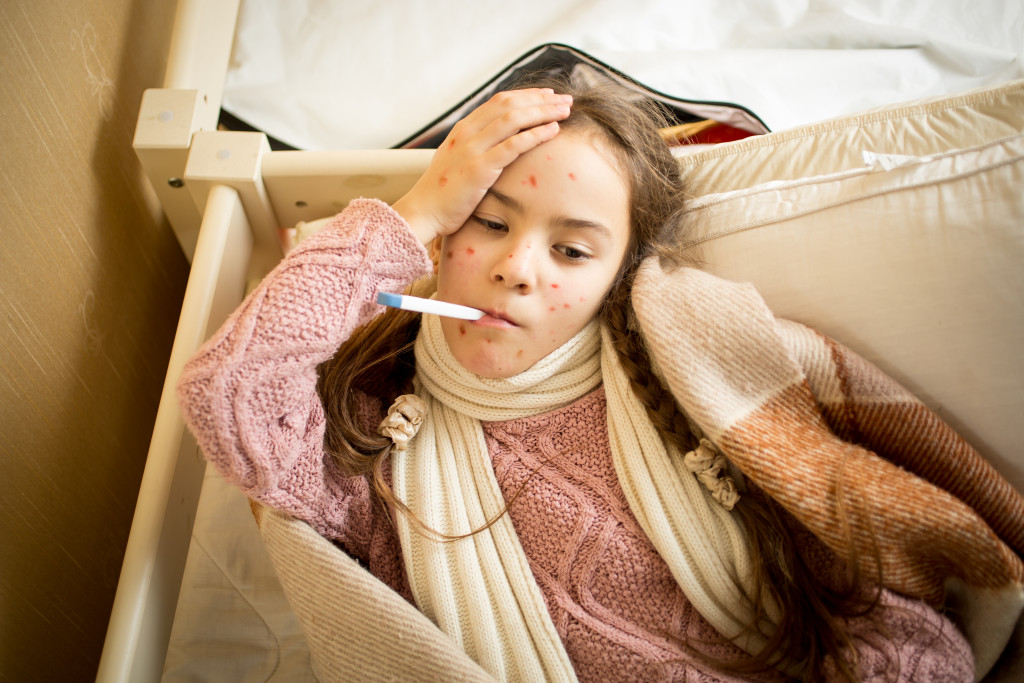Disclaimer: This website provides health information for educational purposes only and is not a substitute for professional medical advice, diagnosis, or treatment. Always seek the guidance of a qualified healthcare provider with any questions you may have.
Viruses are a type of infectious agent that can cause illness in humans and other animals. They are tiny, measuring only a few nanometers in diameter, and comprise a protein coat and a nucleic acid molecule. Viruses can only reproduce inside the cells of a host organism, and they use the host’s cellular machinery to do so. This can damage the host’s cells and can lead to illness.
Some experts believe that viruses can be the worst enemies of humanity, as they have the potential to cause global pandemics. Here are five of the most dangerous viruses in the world and how people handle them.
COVID-19
COVID-19 is one of the most dangerous viruses known to mankind. There have been more than six million deaths from this virus ever since 2020. It’s a novel coronavirus that causes severe respiratory illness in humans. The virus is believed to cause various symptoms, including fever, coughing, and difficulty breathing. It is thought to be spread through contact with respiratory secretions, such as saliva or mucus, from an infected person.
The best way to protect yourself from COVID-19 is to wash your hands regularly with soap and water for at least 20 seconds. You should also avoid close contact with sick people and wear a face mask if you are around others.
Moreover, there are vaccines now available to the population. The Pfizer and Moderna vaccines are the most popular, which are around 95% effective.
Ebola
Ebola is a virus that causes severe hemorrhagic fever in humans and animals. It is one of the most deadly viruses known to man, with a fatality rate of up to 90%. The virus is believed to be spread through contact with bodily fluids, such as blood, from an infected person.
There is no specific treatment for Ebola, but studies are known to be conducted by researchers worldwide. However, because it’s pretty rare when compared to a virus like COVID-19, researchers require professional services to get participants. Therefore, well-connected patient recruitment service providers worldwide provide all sorts of participants for Ebola studies. These studies aim to create affordable treatments for those who get the virus and build immunity in case of another outbreak.
A vaccine is available to those who have Ebola, but it is not yet licensed or registered. Experts suggest not to take any vaccines that claim to cure Ebola as it might be dangerous.

HIV
HIV is a virus that attacks the immune system and can lead to AIDS. It is spread through contact with bodily fluids, such as blood or semen, from an infected person. HIV can also be transmitted from mother to child during pregnancy, childbirth, or breastfeeding.
There is no cure for HIV, but treatments available can allow people with the virus to live long and healthy lives. These treatments are called antiretroviral therapy (ART) and involve taking a combination of drugs. ART can reduce the number of viruses in the body and strengthen the immune system.
In 2018, around 21 million people were living with HIV worldwide. Of these, approximately 14 million were receiving treatment. However, there is still no vaccine available for HIV.
Zika
Zika is a virus spread through an infected mosquito bite. It can also be spread through sexual contact or from mother to child during pregnancy. The virus can cause congenital disabilities in babies, including microcephaly (a small head) and brain damage.
There is no specific treatment for Zika, but people with the virus can take pain relievers and fever-reducers to help with symptoms. Unfortunately, there is no approved vaccine for Zika at the moment.
As of 2016, there were around 50 million cases of Zika globally. However, this number has likely increased as the virus continues to spread.
Rabies
Rabies is a virus that attacks the nervous system and is fatal if left untreated. It is spread through contact with an infected animal’s bodily fluids, such as saliva.
There is no specific rabies treatment, but vaccines are available to prevent it. The most common vaccine is called the post-exposure prophylaxis (PEP) vaccine. This vaccine is given to people exposed to rabies which have not been vaccinated before.
Rabies is most commonly found in animals, such as dogs, cats, and bats. However, people can also find it in other animals, such as raccoons and foxes. In 2018, there were around 55,000 cases of rabies globally.
Viruses are dangerous when contracted. However, there are treatments available to help those suffering. Scientists can create vaccines and cures for these viruses through research and development. It’s essential to be aware of these viruses’ symptoms and get vaccinated if possible. By doing so, we can help prevent the spread of these diseases.




